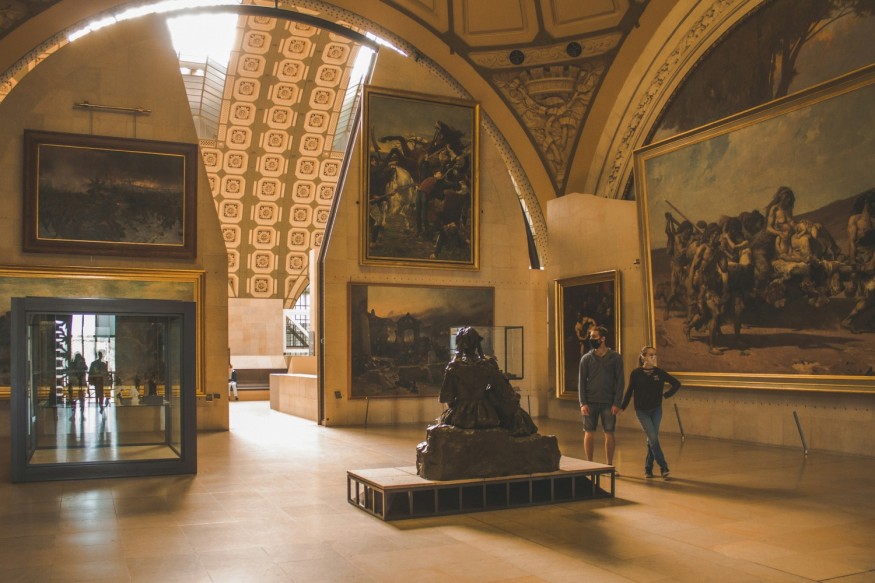Swiss Museum Temporarily Removes 5 Paintings Amid Nazi-Looted Art Scrutiny

In a significant move reflecting ongoing concerns over Nazi-looted art, Switzerland's Kunsthaus Zurich Museum has decided to remove five paintings from its exhibition. The artworks, part of the Emil Bührle Collection, include masterpieces by renowned artists such as Claude Monet and Vincent van Gogh.
Background and Concerns
The decision follows heightened scrutiny and the publication of new guidelines to address the unresolved provenance of cultural artifacts still restituted to their rightful owners. The Emil Bührle Collection, named after a German arms dealer who profited from supplying weapons to the Nazis during World War Two, has long faced questions about the origins of some of its prized artworks.
Among the paintings being investigated are Claude Monet's "Jardin de Monet à Giverny," Vincent van Gogh's "The Old Tower," and works by Gustave Courbet, Henri de Toulouse-Lautrec, and Paul Gauguin. These pieces are being temporarily removed pending further investigation into their ownership history and any potential connections to Nazi looting.
The foundation board overseeing the Emil Bührle Collection has stated its commitment to finding a fair resolution with the legal successors of the original owners, adhering to international best practices. They have indicated a willingness to engage in discussions and offer financial contributions where applicable, particularly acknowledging the tragic fate of Max Silberberg, a German Jewish industrialist whose art collection was forcibly auctioned by the Nazis.
Controversy and Historical Context
Thus, there is some controversy concerning specific artwork. For instance, the foundation claims that Edouard Manet's "La Sultane" may not have been exposed to such attentiveness because of several historical circumstances surrounding its sale.
This has come in the wake of international endeavors, such as the New Note endorsed by over twenty countries to address the former issue of Nazi-looted art. This new note was observed in commemoration of twenty-five years of the Washington Conference principles of 1998, which are intended to provide new guidelines that would help in the restitution of, as well as the compensation for, the stolen or forced sales of cultural assets during the holocaust period.
Challenges and Legal Barriers
This article by Stuart Eizenstat a special advisor on Holocaust issues to the United States secretary of state underlined the magnitude of the problem by revealing that hundreds of thousands of paintings and countless other pieces of cultural property have not been returned to date. In Switzerland, for example, legal reasons like statutes of limitations render it difficult for petitioners to demand restitution directly, emphasizing the role of charitable ventures and global collaboration in grappling with intricate historical wrongs.
Housed within the Kunsthaus Zurich, the Emil Bührle Collection encompasses approximately 600 works that Bührle had accumulated until he died in 1956. The acts of the museum to take out these paintings, at least for some time, show that the institution is interested in ethical practices and the constant search for fairness in the sphere of cultural property.
The temporary removal of five paintings from the Emil Bührle Collection to their original owners clearly shows that Kunsthaus Zurich is willing to act under the challenging question of Nazi-stolen art, reproducing international standards of ethical management and the intention to bring justice into the art world, considering the historical ordeals of the last century. When scrutinizing the origin of the artworks under discussion, the museum's actions reveal the necessity of such values as the clarity and consideration of human activity in connection with cultural property. The case reminds everyone of the fact that numerous tasks and obligations of global institutions aiming at safeguarding and returning the stolen artworks plundered during the Second World War-related crimes remain unresolved.
Related Article : Real Flamingo Photo Wins AI Prize, Stirs Controversy at 1839 Awards













